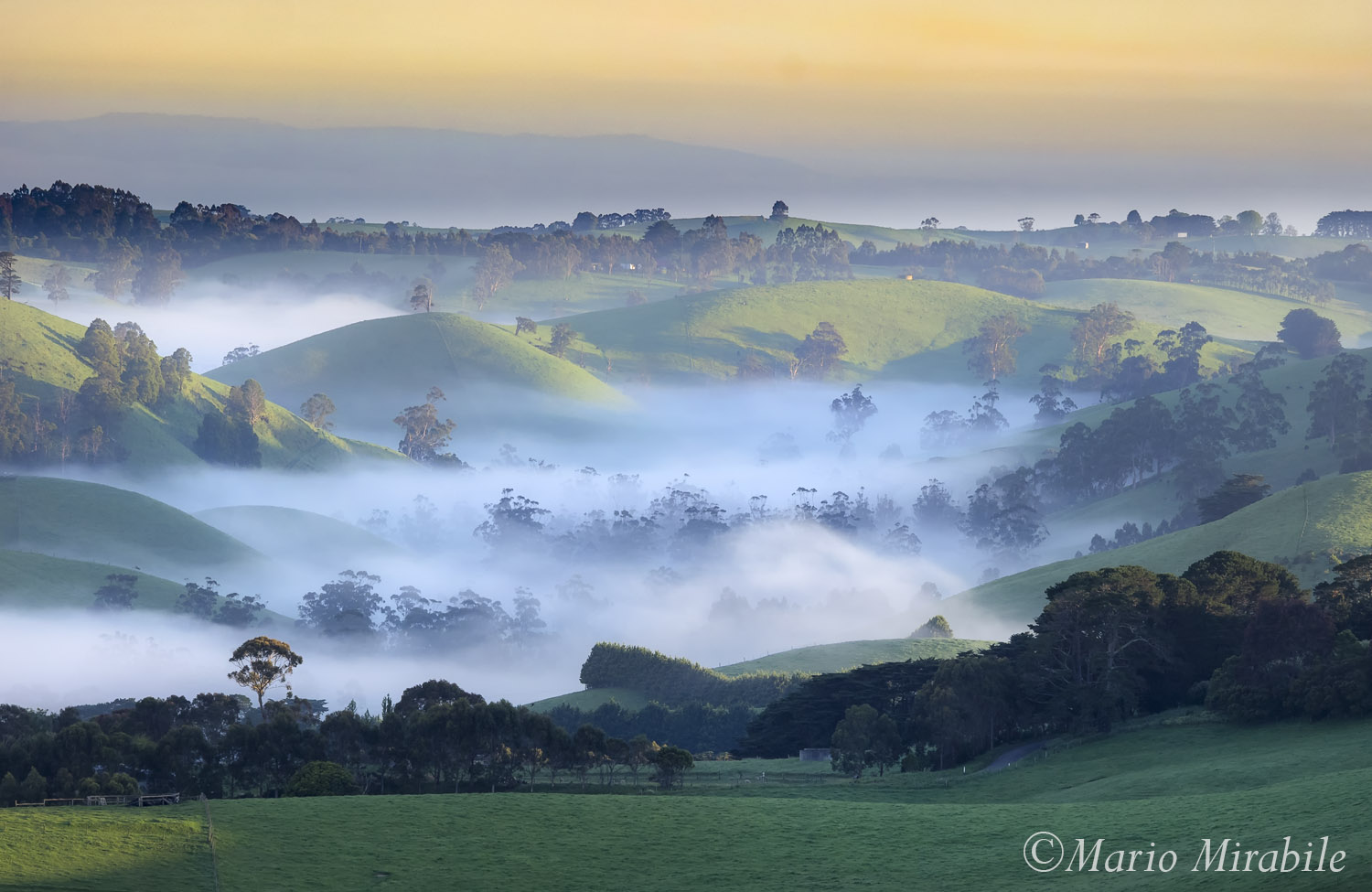Every year, the Australian Bureau of Meteorology produces a calendar full of meteorological information which showcases the amazing diversity of weather across Australia. To illustrate the calendar, they run an open photographic competition which attracts thousands of entries each year. Thirteen images - one for each month and one for the cover - are chosen and reproduced in a high quality publication which sells over 100,000 copies.
I've submitted images with a meteorological bent a couple of times in past years, and did so again earlier this year, but without too much hope of success. I was quite pleased to receive an email telling me my pictures were both in the top 100, and very pleased - and more than a little bit stunned - to be informed that one had made the final cut. The image of ice crystals forming on the shore of Lake Guy, taken last year at Bogong Village in North East Victoria, will adorn the page for May. The calendars are well worth checking out, and an absolute bargain considering the quality.

















































